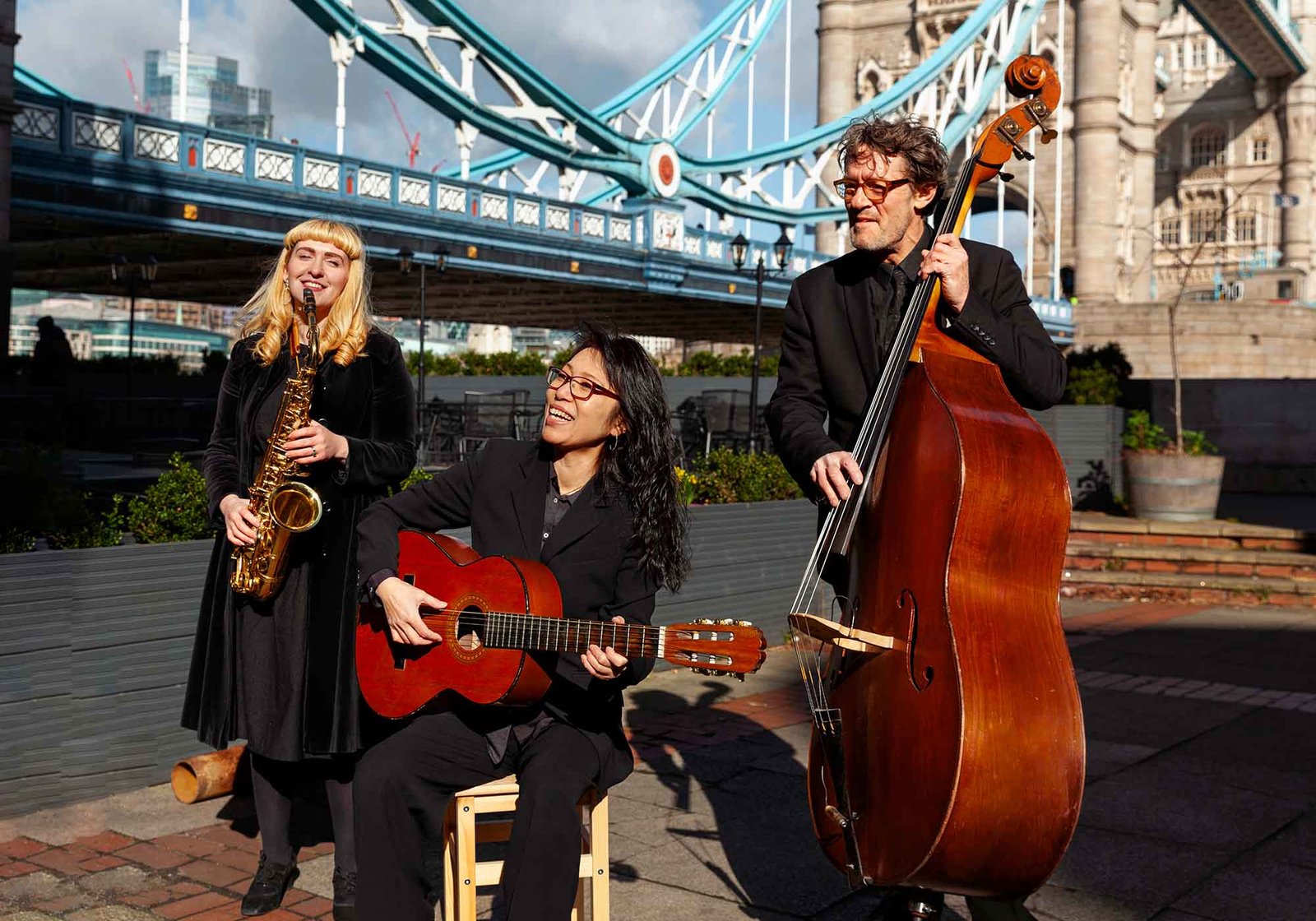-
play_arrow
MR. CITY
-
 play_arrow
play_arrow
Beat Breakdown Mia Johnson
Hispanic jazz represents one of the most dynamic and influential cultural fusions in modern music history. This rich tradition blends the harmonic sophistication of jazz with the rhythmic vitality of Latin American musical forms, creating a distinctive sound that has profoundly shaped global music.
Historical Roots
The origins of Hispanic jazz can be traced to the early 20th century, when musical traditions began crossing borders with unprecedented fluidity:
- 1920s-1930s: Cuban musicians brought rhythms like the son, rumba, and danzón to New Orleans and New York
- 1940s: The emergence of Afro-Cuban jazz through pioneers like Mario Bauzá and Machito
- 1947: Dizzy Gillespie’s collaboration with Cuban percussionist Chano Pozo marked a watershed moment, introducing bebop musicians to Afro-Cuban rhythms
Key Styles and Innovations
Hispanic jazz encompasses several distinctive subgenres:
Afro-Cuban Jazz
The earliest and perhaps most influential form, characterized by:
- The clave rhythm as a foundational element
- Complex percussion sections featuring congas, timbales, and bongos
- Harmonic structures that blend jazz chord progressions with Cuban melodic sensibilities
Brazilian Jazz
Emerging in the 1950s-60s with:
- Bossa nova‘s sophisticated harmonies and gentle rhythmic pulse
- Samba jazz with its more energetic, carnival-influenced approach
- Artists like Antonio Carlos Jobim and João Gilberto who revolutionized jazz’s rhythmic vocabulary
Latin Jazz
A broader umbrella encompassing influences from:
- Puerto Rico (bomba, plena)
- Dominican Republic (merengue)
- Colombia (cumbia)
- Venezuela (joropo)
- Argentina (tango nuevo)
Influential Artists
The Hispanic jazz tradition has been shaped by numerous visionary musicians:
| Artist | Origin | Contribution |
|---|---|---|
| Tito Puente | Puerto Rico/NYC | “King of Latin Music,” pioneered the timbales in jazz contexts |
| Chucho Valdés | Cuba | Founder of Irakere, blended Afro-Cuban ritual music with jazz |
| Paquito D’Rivera | Cuba | Virtuosic clarinetist/saxophonist who expanded Latin jazz vocabulary |
| Arturo Sandoval | Cuba | Trumpet virtuoso who pushed technical boundaries |
| Eddie Palmieri | Puerto Rico/NYC | “Sun of Latin Music,” innovative pianist and bandleader |
| Eliane Elias | Brazil | Pianist who seamlessly integrates Brazilian traditions with jazz |
| Gonzalo Rubalcaba | Cuba | Pianist who combines classical technique with Afro-Cuban roots |
Musical Characteristics
Hispanic jazz is distinguished by several key elements:
- Rhythmic Complexity: Polyrhythms and syncopation that create tension and release
- Percussion Prominence: Extended percussion sections that drive the music’s energy
- Call-and-Response: Dialogic patterns between instruments reflecting African and Caribbean traditions
- Harmonic Sophistication: Jazz harmonies enriched by Latin American melodic sensibilities
- Improvisation: Soloistic expression within culturally specific rhythmic frameworks
Contemporary Developments
Today, Hispanic jazz continues to evolve through:
- Fusion with Electronic Music: Artists like Roberto Fonseca incorporating electronic elements
- Pan-Latin Approaches: Musicians drawing from multiple Latin American traditions simultaneously
- Global Collaborations: Cross-cultural projects that bring Hispanic jazz concepts to new contexts
- Academic Recognition: Increased study and documentation of Hispanic jazz traditions in educational institutions
Cultural Impact
Beyond its musical innovations, Hispanic jazz has:
- Served as a powerful vehicle for cultural identity and pride
- Challenged racial and ethnic boundaries in American society
- Created spaces for cross-cultural dialogue and understanding
- Influenced virtually every genre of popular music, from rock to hip-hop
Conclusion
Hispanic jazz stands as a testament to the creative power of cultural fusion. By bringing together African, European, and indigenous American musical elements, it has created something entirely new yet deeply rooted in tradition. As borders become increasingly fluid in our digital age, the cross-cultural dialogue that Hispanic jazz pioneered offers a model for musical innovation in the 21st century.
Written by: bobbystvnews@gmail.com
Artists charts DJ events Hits Music Pop reviews Rock
Similar posts
Recent Posts
- BREAKING NEWS: MR. CITY RADIO REVOLUTIONIZES THE HIP-HOP LANDSCAPE WITH INNOVATIVE PLATFORM
- From Viral Dance Challenges to Radio Play: How Pop Songs Go Mainstream
- The 2025 Pop Music Festival You Can’t Miss
- Indian Jazz: The Captivating Confluence of East and We
- What Goes into Creating a Hit Single? A Deep Dive into Music Production
Recent Comments
No comments to show.Search
Now on air

Throwback Jam
Presented by Ryan Taylor
Take a trip down memory lane with the best throwback pop songs of all time. From the classics to the anthems of your youth, Throwback Jam revives the tracks that still make you sing, dance, and reminisce.
close-
Trending
- BREAKING NEWS: MR. CITY RADIO REVOLUTIONIZES THE HIP-HOP LANDSCAPE WITH INNOVATIVE PLATFORM
- From Viral Dance Challenges to Radio Play: How Pop Songs Go Mainstream
- The 2025 Pop Music Festival You Can’t Miss
- Indian Jazz: The Captivating Confluence of East and We
- What Goes into Creating a Hit Single? A Deep Dive into Music Production
Copyright MR.CITY - MUSIC RADIO CITY



